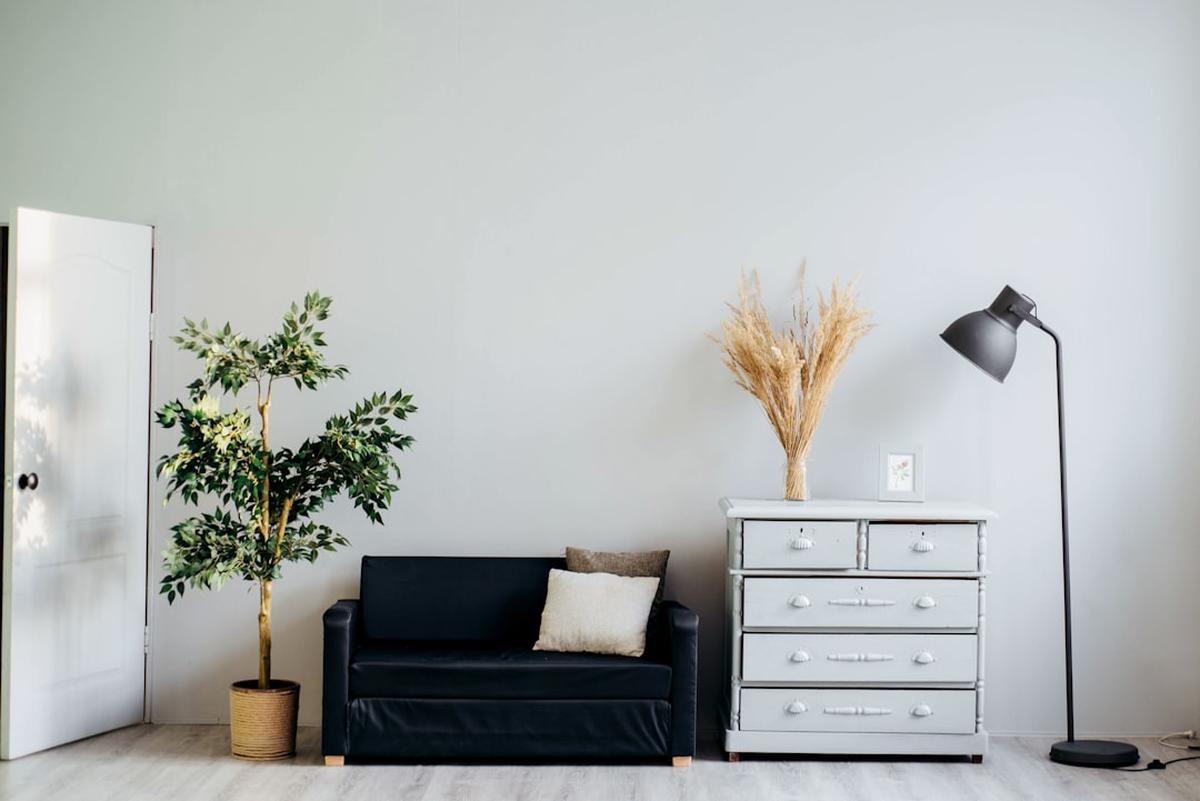My journey has been filled with many lessons, and one of the most significant ones is the importance of an eco-friendly home. It’s not just about reducing your carbon footprint; it’s about creating a healthier, more comfortable living space for you and your family. In this article, I’ll share my insights and practical tips on how you can build an eco-friendly house on a budget.
Debunking the Myth: Eco-Friendly Homes and High Costs
One of the most common misconceptions I’ve encountered is that green homes are expensive. While it’s true that some sustainable materials and technologies can be costly upfront, the long-term savings often outweigh these initial investments. For instance, energy-efficient appliances may have a higher price tag than their conventional counterparts, but they can significantly reduce your utility bills over time. Moreover, many eco-friendly building materials are now competitively priced with traditional ones, making green homes more accessible than ever.
Understanding the Basics: What Makes a Home Eco-Friendly?
An eco-friendly home is one that minimizes its impact on the environment through energy efficiency, water conservation, and the use of sustainable materials. These homes not only contribute to a healthier planet but also offer numerous benefits to homeowners, such as lower utility bills, improved indoor air quality, and increased property value. As I embarked on my journey to build an eco-friendly home, I found that these benefits far outweighed the challenges.
Planning Your Budget: How to Build an Eco-Friendly Home Cheaply
Building an eco-friendly home doesn’t have to break the bank. The key is careful planning and budgeting. Start by determining what features are most important to you, such as energy efficiency, water conservation, or the use of sustainable materials. Then, research different options and their costs to make informed decisions. Remember, it’s not just about the upfront costs; consider the long-term savings as well. For instance, installing solar panels may be a significant investment, but the savings on your electricity bills can make it worthwhile in the long run.
Choosing the Right Materials: Affordable and Sustainable Options
Choosing the right materials is crucial in building an eco-friendly home. There are many affordable and sustainable options available today, from recycled steel to bamboo flooring. When I built my home, I opted for reclaimed wood, which not only saved me money but also added a unique, rustic charm to my space. It’s also worth considering locally sourced materials, which can reduce transportation emissions and support local businesses.
Energy Efficiency: A Key Aspect of Eco-Friendly Homes
Energy efficiency is a cornerstone of eco-friendly homes. By reducing energy consumption, we can lower our carbon footprint and save money on utility bills. Simple measures like sealing drafts, installing energy-efficient appliances, and using LED lighting can make a significant difference. In my home, I also installed solar panels, which have drastically reduced my electricity bills.
Water Conservation: Eco-Friendly Practices for Your Home
Water conservation is another essential aspect of sustainable living. Simple practices like installing low-flow fixtures, collecting rainwater for gardening, and fixing leaks promptly can significantly reduce water usage. In my home, I’ve also incorporated a greywater system, which reuses water from showers and sinks for toilet flushing and irrigation, further reducing my water consumption.
Landscaping: Creating an Eco-Friendly Outdoor Space
Your outdoor space can also contribute to your home’s sustainability. Native plants, for instance, require less water and care than exotic species. Composting organic waste can provide nutrient-rich soil for your garden while reducing landfill waste. In my yard, I’ve also installed a rain garden, which captures runoff and helps replenish groundwater.
Maintenance and Upkeep: Ensuring Your Home Stays Green
Maintaining an eco-friendly home is just as important as building one. Regular maintenance can ensure that your home continues to operate efficiently and sustainably. For instance, cleaning your solar panels and servicing your HVAC system can keep them running at peak performance. It’s also important to stay informed about new technologies and practices that can further enhance your home’s sustainability.
Case Study: My Own Affordable Eco-Friendly Home
Building my eco-friendly home was a rewarding journey filled with valuable lessons. I learned that sustainability doesn’t have to be expensive, and with careful planning and smart choices, it’s possible to create a green home on a budget. My home is not only comfortable and beautiful but also kind to the planet and my wallet.
The Bigger Picture: Impact of Eco-Friendly Homes on Our Planet
Building an eco-friendly home is more than just a personal choice; it’s a contribution to a healthier planet. Green homes reduce greenhouse gas emissions, conserve resources, and promote biodiversity. On a personal level, my transition to an eco-friendly lifestyle has brought me a sense of fulfillment and peace, knowing that I’m doing my part to protect our beautiful planet.
Conclusion: Taking the First Step Towards an Eco-Friendly Home
Building an eco-friendly home may seem daunting, but with the right information and mindset, it’s entirely achievable. Start small, make informed decisions, and remember that every step towards sustainability makes a difference. I hope my journey and tips inspire you to take the first step towards your own eco-friendly home. After all, our planet is our home, and it’s up to us to take care of it.
Frequently Asked Questions
Are eco-friendly homes more expensive to build?
While some sustainable materials and technologies can be more expensive upfront, the long-term savings often outweigh these initial costs. Moreover, many eco-friendly building materials are now competitively priced with traditional ones.
What are some affordable, sustainable building materials?
There are many affordable and sustainable building materials available today, including recycled steel, bamboo, reclaimed wood, and locally sourced materials.
How can I make my home more energy-efficient?
Simple measures like sealing drafts, installing energy-efficient appliances, and using LED lighting can significantly improve your home’s energy efficiency. You might also consider installing solar panels or a geothermal system.
How can I conserve water at home?
You can conserve water by installing low-flow fixtures, collecting rainwater for gardening, fixing leaks promptly, and reusing greywater.
How can I maintain an eco-friendly home?
Regular maintenance can ensure that your home continues to operate efficiently and sustainably. It’s also important to stay informed about new technologies and practices that can further enhance your home’s sustainability.
How does building an eco-friendly home contribute to a healthier planet?
Green homes reduce greenhouse gas emissions, conserve resources, and promote biodiversity. They also contribute to healthier indoor air quality and reduce reliance on non-renewable resources.







